-
 Bitcoin
Bitcoin $117400
-0.46% -
 Ethereum
Ethereum $3768
0.60% -
 XRP
XRP $3.551
2.09% -
 Tether USDt
Tether USDt $1.000
0.00% -
 Solana
Solana $203.2
11.30% -
 BNB
BNB $770.9
1.92% -
 USDC
USDC $0.9999
0.01% -
 Dogecoin
Dogecoin $0.2709
-0.02% -
 Cardano
Cardano $0.9024
4.49% -
 TRON
TRON $0.3139
0.60% -
 Hyperliquid
Hyperliquid $45.60
-1.41% -
 Stellar
Stellar $0.4730
-1.34% -
 Sui
Sui $4.025
2.15% -
 Chainlink
Chainlink $19.79
2.19% -
 Hedera
Hedera $0.2724
-2.39% -
 Avalanche
Avalanche $25.93
3.05% -
 Bitcoin Cash
Bitcoin Cash $524.0
-1.83% -
 Shiba Inu
Shiba Inu $0.00001558
0.50% -
 Litecoin
Litecoin $116.7
-0.30% -
 UNUS SED LEO
UNUS SED LEO $8.996
0.00% -
 Toncoin
Toncoin $3.334
1.83% -
 Polkadot
Polkadot $4.506
0.34% -
 Uniswap
Uniswap $10.99
4.83% -
 Ethena USDe
Ethena USDe $1.001
0.03% -
 Pepe
Pepe $0.00001461
3.17% -
 Monero
Monero $320.3
-1.01% -
 Bitget Token
Bitget Token $4.935
0.36% -
 Dai
Dai $0.9998
0.00% -
 Aave
Aave $322.4
-1.25% -
 Bittensor
Bittensor $455.6
9.33%
How to deal with high volatility in futures?
High volatility in crypto futures brings both risk and opportunity—manage it with strict rules, strategic leverage, and real-time monitoring to trade effectively. (154 characters)
Jul 22, 2025 at 04:57 pm
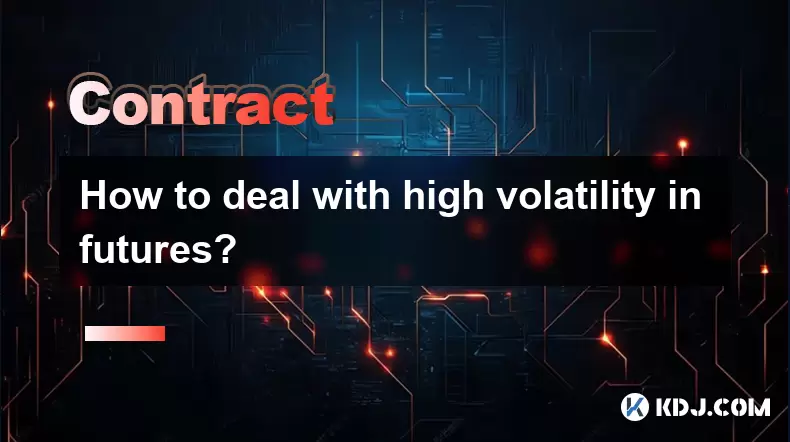
Understanding the Nature of High Volatility in Futures
High volatility in cryptocurrency futures markets means rapid and significant price swings within short timeframes. This behavior stems from factors like macroeconomic news, on-chain activity, or whale movements. Traders must recognize that volatility is not inherently negative—it creates both risk and opportunity. The key lies in preparation. Monitoring real-time funding rates, open interest changes, and order book depth can offer early signals. Tools like Bollinger Bands or Average True Range (ATR) help quantify volatility levels. Ignoring these metrics may lead to emotional decisions during sudden price shifts.
Setting Risk Management Rules Before Entering a Trade
Before placing any futures order, define strict parameters. This includes:
- Position size capped at 2–5% of total capital per trade to avoid overexposure.
- A fixed stop-loss percentage or price level based on recent volatility (e.g., 3% below entry if ATR suggests 2% average daily movement).
- A take-profit target aligned with support/resistance zones, not arbitrary numbers.
Use the platform’s built-in tools—like Bybit or Binance’s conditional orders—to automate these rules. For example, set a stop-loss and take-profit simultaneously when opening a long position. This removes emotional interference when prices move aggressively.Using Leverage Strategically, Not Aggressively
Leverage amplifies both gains and losses, especially during high volatility. Many traders fail by using maximum leverage (e.g., 100x) on small accounts. Instead: - Stick to 5x–10x leverage unless you’re an experienced scalper with tight risk controls.
- Calculate liquidation price manually using the formula:
Liquidation Price = Entry Price × (1 - (1 / Leverage))for longsLiquidation Price = Entry Price × (1 + (1 / Leverage))for shorts - Always check if your liquidation price is outside the asset’s recent volatility range. If it’s too close, reduce leverage or widen your stop-loss.
Employing Hedging Techniques to Reduce Exposure
Hedging involves opening offsetting positions to limit downside. In futures, this can be done through: - Inverse positions: Holding both long and short contracts on the same asset with different entry points.
- Correlated assets: Shorting BTC-PERP while going long on ETH-PERP if ETH tends to underperform BTC in downturns.
- Options as insurance: Buying out-of-the-money put options to protect against sudden drops without closing your futures position.
For example, if you’re long 1 BTC-PERP at $60,000, buy a weekly put option at $58,000. If BTC crashes to $55,000, the option gains value while the futures loss is partially offset.Monitoring and Adjusting During Live Market Conditions
Volatility demands active management. Set alerts for: - Price breaking key moving averages (e.g., 1-hour 20 EMA).
- Funding rate spikes above 0.1% per 8 hours, which may signal overheated long/short positions.
- Order book imbalances—if large sell walls disappear suddenly, it could precede a drop.
When triggered: - Move stop-loss to breakeven if price moves favorably by 2× your initial risk.
- Scale out of position by closing 50% at first target, letting rest run with trailing stop.
- Avoid adding to losing positions unless a clear reversal pattern (like bullish engulfing candle) forms on a higher timeframe.
Leveraging Technical Tools for Volatility Filtering
Not all volatility is tradable. Use indicators to distinguish noise from directional moves: - Donchian Channels: Buy when price closes above upper band (20-day high), exit when it closes below lower band.
- Volume Profile: Identify high-volume nodes where price may reverse or accelerate.
- VWAP (Volume-Weighted Average Price): Intraday traders use it to gauge fair value—deviations beyond ±2% often revert quickly.
For instance, if BTC futures spike 5% above VWAP on low volume, it’s likely a false breakout. Wait for confirmation (e.g., retest of VWAP as support) before entering.Frequently Asked Questions
How do I know if volatility is too high to trade?
Check the 7-day historical volatility percentile on platforms like TradingView. If it’s above 90%, consider reducing position size or skipping the trade entirely. Also, if the ATR exceeds 5% of the asset’s price, even small leverage can trigger liquidation.Can I use stop-limit orders instead of stop-market in high volatility?
Yes, but with caution. Stop-limit orders prevent slippage but may not fill during flash crashes. Set the limit price within 2–3% of your stop level to increase fill probability. Always test this in a demo account first.What timeframes are safest during volatile periods?
Stick to 4-hour or daily charts. They filter out noise from 1-minute or 5-minute candles. Shorter timeframes increase false signals—especially when volatility causes erratic wicks and spikes.Should I close all positions before major news events like CPI or Fed meetings?
If you’re not a news trader, yes. Events like these cause unpredictable gaps. Close positions at least 30 minutes before the announcement. If holding is necessary, reduce leverage to 2x–3x and widen stop-loss beyond expected volatility range.
Disclaimer:info@kdj.com
The information provided is not trading advice. kdj.com does not assume any responsibility for any investments made based on the information provided in this article. Cryptocurrencies are highly volatile and it is highly recommended that you invest with caution after thorough research!
If you believe that the content used on this website infringes your copyright, please contact us immediately (info@kdj.com) and we will delete it promptly.
- XRP, Bitcoin, Ripplecoin: Navigating the Crypto Landscape in 2025
- 2025-07-22 20:30:13
- Cardano Ecosystem Watch: Can PayFi Token Remittix Trigger an ADA Overtake?
- 2025-07-22 20:50:13
- JasmyCoin Price Forecast: Chart Analysis Points to Potential Surge
- 2025-07-22 20:55:13
- Trump, Bitcoin, and Altcoins: A New York Minute on Crypto's Political Play
- 2025-07-22 21:00:13
- Shiba Inu, XRP, and Little Pepe: Navigating the Meme Coin Mania in NYC
- 2025-07-22 21:30:13
- Bitcoin's Role in IntelBroker's Takedown: A New Era of Crypto Crime Enforcement
- 2025-07-22 21:10:15
Related knowledge
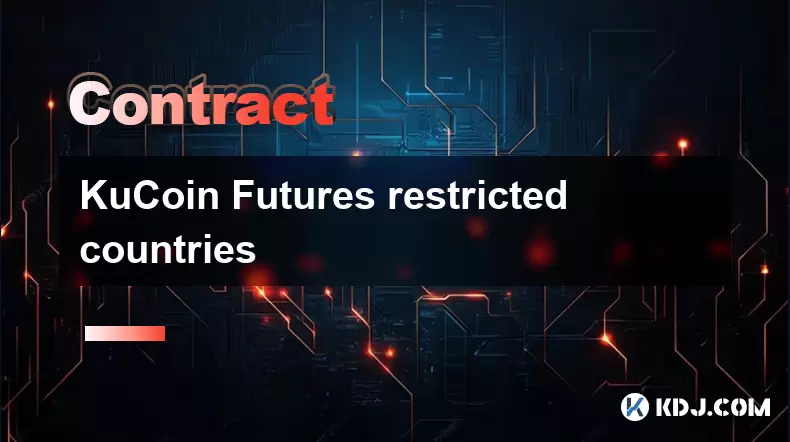
KuCoin Futures restricted countries
Jul 22,2025 at 09:00pm
Understanding KuCoin Futures and Geographic RestrictionsKuCoin Futures is a popular platform for trading perpetual and delivery futures contracts on c...
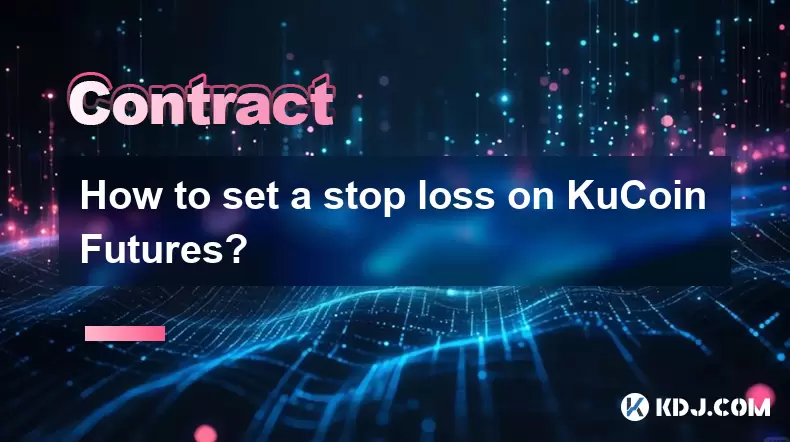
How to set a stop loss on KuCoin Futures?
Jul 22,2025 at 08:01pm
Understanding Stop Loss in KuCoin FuturesA stop loss is a risk management tool that automatically closes a position when the market moves against you ...
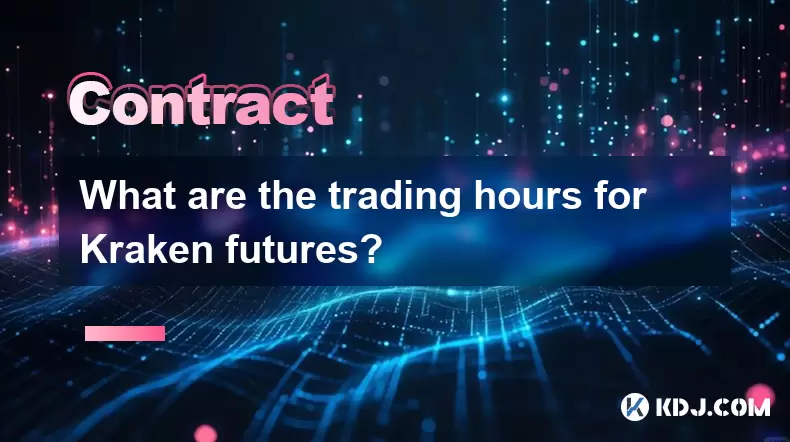
What are the trading hours for Kraken futures?
Jul 22,2025 at 08:49pm
Understanding Kraken Futures Trading HoursKraken Futures, a product of the well-established cryptocurrency exchange Kraken, offers users the ability t...
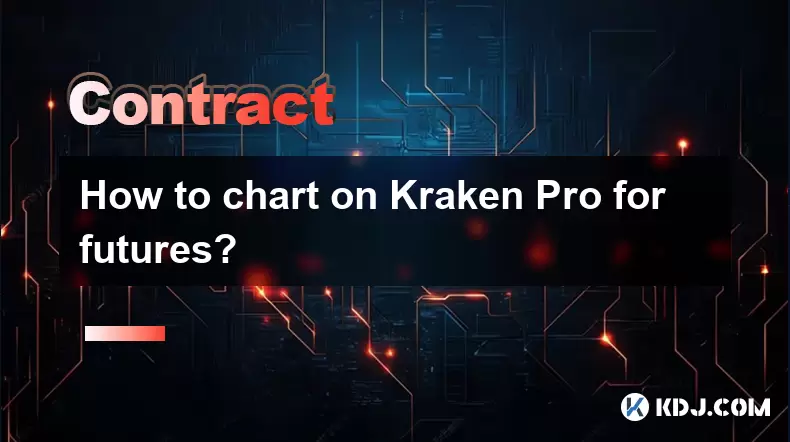
How to chart on Kraken Pro for futures?
Jul 22,2025 at 07:42pm
Understanding Kraken Pro Futures InterfaceBefore diving into charting, it’s essential to recognize how Kraken Pro structures its futures trading envir...
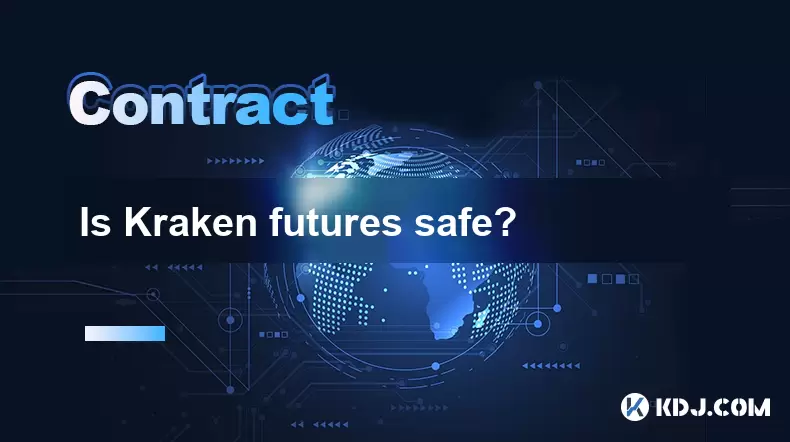
Is Kraken futures safe?
Jul 22,2025 at 08:07pm
Understanding Kraken Futures and Its Regulatory FrameworkKraken Futures, operated by the well-known cryptocurrency exchange Kraken, is a platform desi...
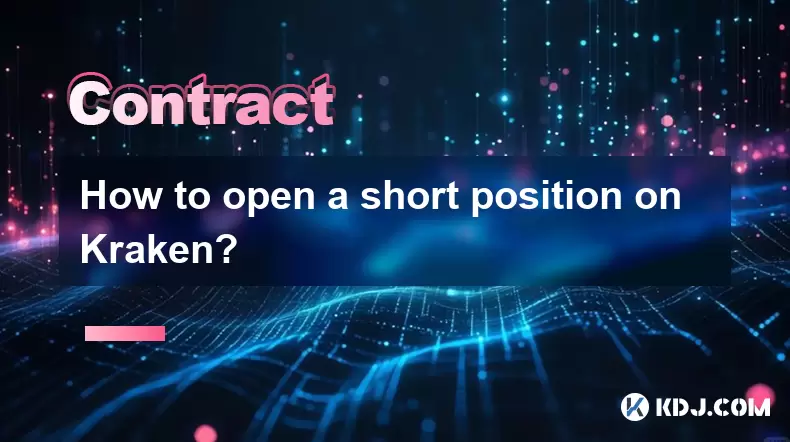
How to open a short position on Kraken?
Jul 22,2025 at 05:00pm
Understanding Short Positions in CryptocurrencyA short position allows traders to profit from a decline in the price of an asset. On Kraken, this is p...

KuCoin Futures restricted countries
Jul 22,2025 at 09:00pm
Understanding KuCoin Futures and Geographic RestrictionsKuCoin Futures is a popular platform for trading perpetual and delivery futures contracts on c...

How to set a stop loss on KuCoin Futures?
Jul 22,2025 at 08:01pm
Understanding Stop Loss in KuCoin FuturesA stop loss is a risk management tool that automatically closes a position when the market moves against you ...

What are the trading hours for Kraken futures?
Jul 22,2025 at 08:49pm
Understanding Kraken Futures Trading HoursKraken Futures, a product of the well-established cryptocurrency exchange Kraken, offers users the ability t...

How to chart on Kraken Pro for futures?
Jul 22,2025 at 07:42pm
Understanding Kraken Pro Futures InterfaceBefore diving into charting, it’s essential to recognize how Kraken Pro structures its futures trading envir...

Is Kraken futures safe?
Jul 22,2025 at 08:07pm
Understanding Kraken Futures and Its Regulatory FrameworkKraken Futures, operated by the well-known cryptocurrency exchange Kraken, is a platform desi...

How to open a short position on Kraken?
Jul 22,2025 at 05:00pm
Understanding Short Positions in CryptocurrencyA short position allows traders to profit from a decline in the price of an asset. On Kraken, this is p...
See all articles

























































































